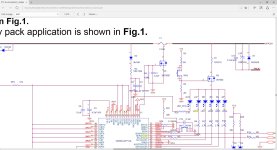friendly1uk
1 MW
I'm not sure that I can. It would take a few hours to draw out the smart board and exact components required. It's not my field so I would be using MSpaint. I could do it quicker with relays I guess... But optical isolation of the signal paths would be a lot better than mechanical isolation that could weld. I will give it 5 mins and see if I can get something together in principle. Don't hold your breathe 





